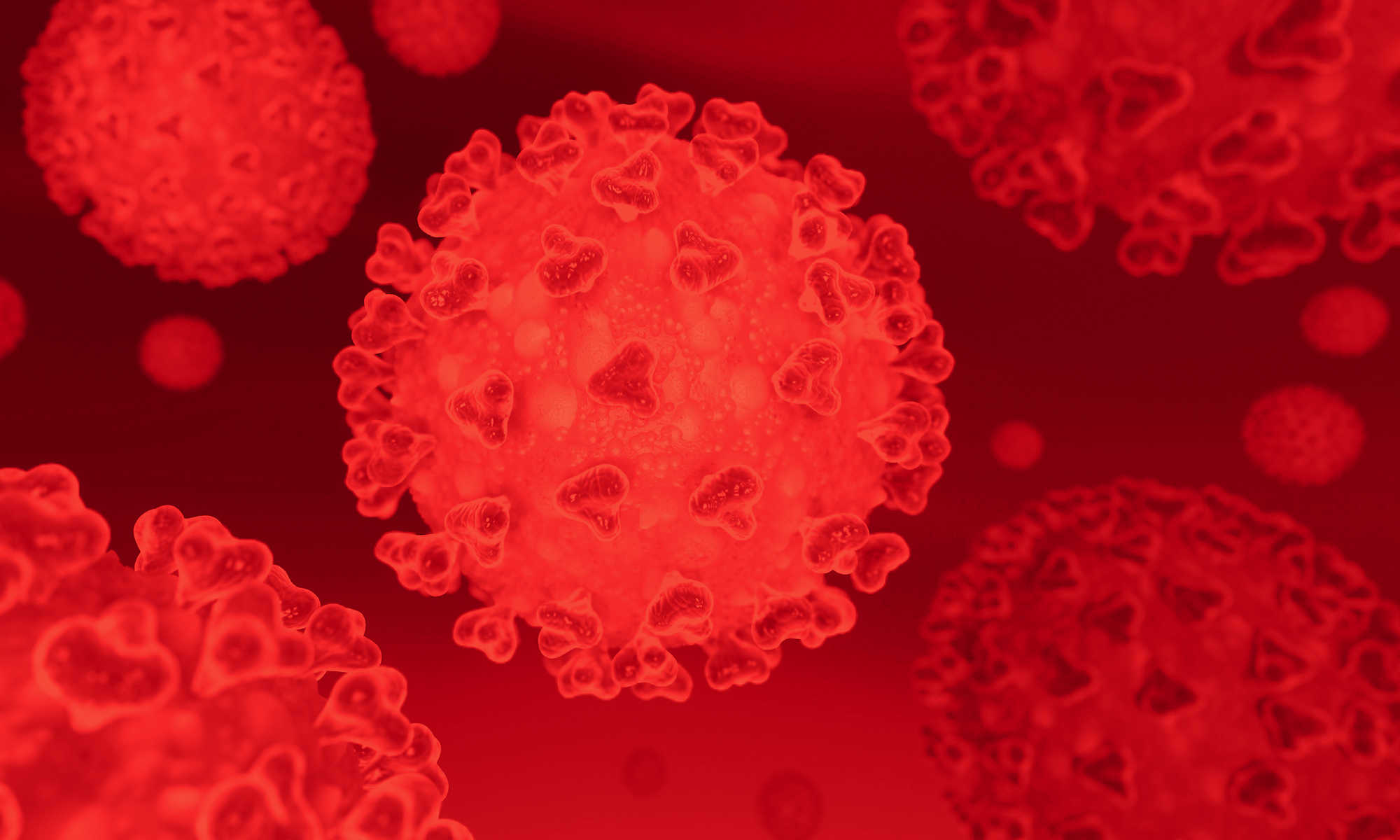H.R.6074 – Coronavirus Preparedness and Response Supplemental Appropriations Act, 2020(signed by the President 3/6/20)
Summary
- Provides $8.3 billion in emergency funding for federal agencies to respond to the coronavirus outbreak including supplemental appropriations for federal agencies and departments.
- The supplemental appropriations are designated as emergency spending, which is exempt from discretionary spending limits.
- Funding through this bill is intended to address issues such as
- Developing, manufacturing, and procuring vaccines and other medical supplies
- Grants for state, local, and tribal public health agencies and organizations
- Loans for affected small businesses
- Evacuations and emergency preparedness activities at U.S. embassies and other State Department facilities
- Humanitarian assistance and support for health systems in the affected countries
- Allows HHS to temporarily waive certain Medicare restrictions and requirements regarding telehealth services
Supplemental Appropriations
Provides $8.3 billion in emergency funding for federal agencies to respond to the coronavirus outbreak including supplemental appropriations for:
- Food and Drug Administration ($61,000,000)
- Centers for Diseases Control and Prevention ($2,200,000,000)
- $950,000,000 devoted to grants and/or cooperative agreements for States, localities, territories, tribes, tribal organizations, urban Indian health organizations, or health service providers to tribes to carry out preparedness and response activities
- $40,000,000 specifically for tribes, tribal organizations, urban Indian health organizations, or health service providers to tribes
- $300,000,000 for global disease detection and emergency response
- $300,000,000 added to the Infectious Diseases Rapid Response Reserve Fund
- National Institutes of Health ($836,000,000)
- National Institute of Allergy and Infectious Diseases
- $10,000,000 to the National Institute of Environmental Health Sciences for worker-based training to prevent and reduce exposure of health care workers
- Public Health and Social Services Emergency Fund ($3,400,000,000)
- Small Business Administration ($20,000,000)
- Disaster Loans Program Account
- Department of State ($264,000,000)
- U.S. Agency for International Development ($1,000,000)
- Global Health Programs ($435,000,000)
- $200,000,000 for the Emergency Reserve Fund
- International Disaster Assistance ($300,000,000)
- Economic Support Fund ($250,000,000)
The supplemental appropriations are designated as emergency spending, which is exempt from discretionary spending limits.
H.R.6201 – Families First Coronavirus Response Act(signed by the President 3/18/20)
Summary
- Provides paid sick leave to employees taking unpaid leave through a federal emergency paid leave benefits program.
- Requires employers to provide paid sick leave to employees. The bill requires companies with less than 500 employees and government employers to provide up to 10 days of fully paid sick leave and 12 weeks of paid family and medical leave for parents experiencing issues related to COVID-19. The required expansion of paid sick leave and paid family and medical leave for COVID-19 is in addition to whatever paid leave benefits are already offered by an employer, who will be entitled to a fully refundable tax credit equal to 100% of the qualified leave wages paid to workers. Requirements and tax credits for COVID-19 qualified sick leave wages are capped at $511 per day ($200 per day if the leave is for caring for a family member) and 10 days, while the qualified paid family and medical leave wages are capped at $200 per day and $10,000 overall. These provisions are intended to be temporary and will expire on December 31, 2020.
- Provides free coronavirus testing and establishes requirements for providing coronavirus diagnostic testing. The bill requires private health plans to provide coverage for diagnostic testing at no cost to the consumer and provides $1 billion to reimburse the cost of testing for individuals without health insurance.
- Expands food assistance by
- Providing supplemental appropriations for programs including
- the Special Supplemental Nutrition Program for Women, Infants, and Children (WIC)
- the Emergency Food Assistance Program (TEFAP)
- nutrition assistance grants for U.S. territories
- HHS nutrition programs that assist the elderly
- Modifying USDA food assistance and nutrition programs by
- Allowing certain waivers to requirements for school meal programs
- Suspending work requirements for the Supplemental Nutrition Assistance Program (SNAP)
- Allowing states to request waivers to provide certain emergency SNAP benefits
- Expands unemployment benefits and provides grants to states for processing and paying claims. The bill gives state governments flexibility with respect to waiting periods and in interpreting the “able, available and actively looking” test for Unemployment Compensation (UC) eligibility. The bill also provides an additional $1 billion for state unemployment programs and authorizes extended unemployment benefits (beyond the usual 26 weeks), fully funded by the federal government, for states that experience a spike in unemployment.
- Requires certain employers to provide additional protections for health care workers by developing and implementing a comprehensive infectious disease exposure control plan using an emergency temporary standard issued by the Occupational Safety and Health Administration
- Temporarily increases the Medicaid federal medical assistance percentage (FMAP). The bill includes an 6.2% increase in the Federal Medical Assistance Percentage (FMAP) State Medicaid Match Rate, and increases Medicaid allotments for U.S. territories
- Treats personal respiratory protective devices as covered countermeasures that are eligible for certain liability protections
- Providing supplemental appropriations for programs including
What States Need to Know
- Unemployment Benefits- federal grants are available to assist states with processing and paying claims
- Nutrition Programs- multiple federal regulations have been loosened and/or temporarily waived to allow states to feed vulnerable populations during the outbreak. Programs with waivers available include
- National School Lunch Program
- Special Supplemental Nutrition Program for Women, Infants, and Children (WIC)
- Supplemental Nutrition Assistance Program (SNAP)
- FEMA is taking the lead on working with Governors to coordinate state responses to the outbreak (Source: The New York Times)
Proposed $1 Trillion Relief Package
- $500 billion for direct payments to taxpayers
- Fixed amount checks based on income and family size
- Checks would be sent April 6th and May 18th
- $500 billion for loans for businesses
- Loans worth 6 weeks of payroll up to $1,540 per employee
- Companies must continue to pay employees for 8 weeks after receiving the loan
- $50 billion in secured loans for the airline industry
- $150 billion in secured loans or loan guarantees for other sectors of the economy impacted by the global economic shutdown
- Loans worth 6 weeks of payroll up to $1,540 per employee
(Source: The New York Times)
What is expected for the proposed package?
- Democrats in Congress have expressed their intention to push for expanded paid leave provisions, suspending payments on student loans and mortgages, and assistance for mass transit systems as the bill moves forward. (Source: The New York Times)
- Two congressional lawmakers have tested positive for COVID-19 and there is pressure from both the House and Senate to allow for remote voting on the bill.
- Speaker Nancy Pelosi has said that the House would return to Washington to consider additional economic relief legislation and is pushing for a bipartisan final agreement by early next week. (Source: The New York Times)

